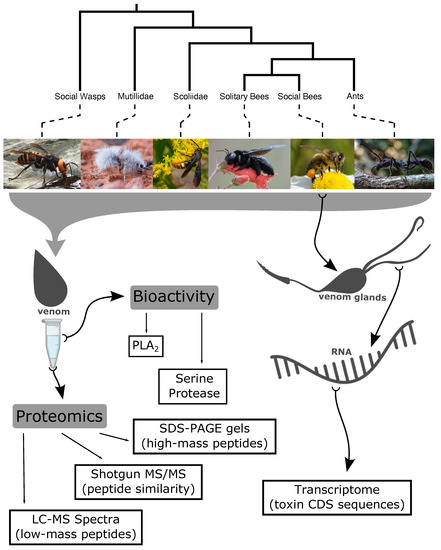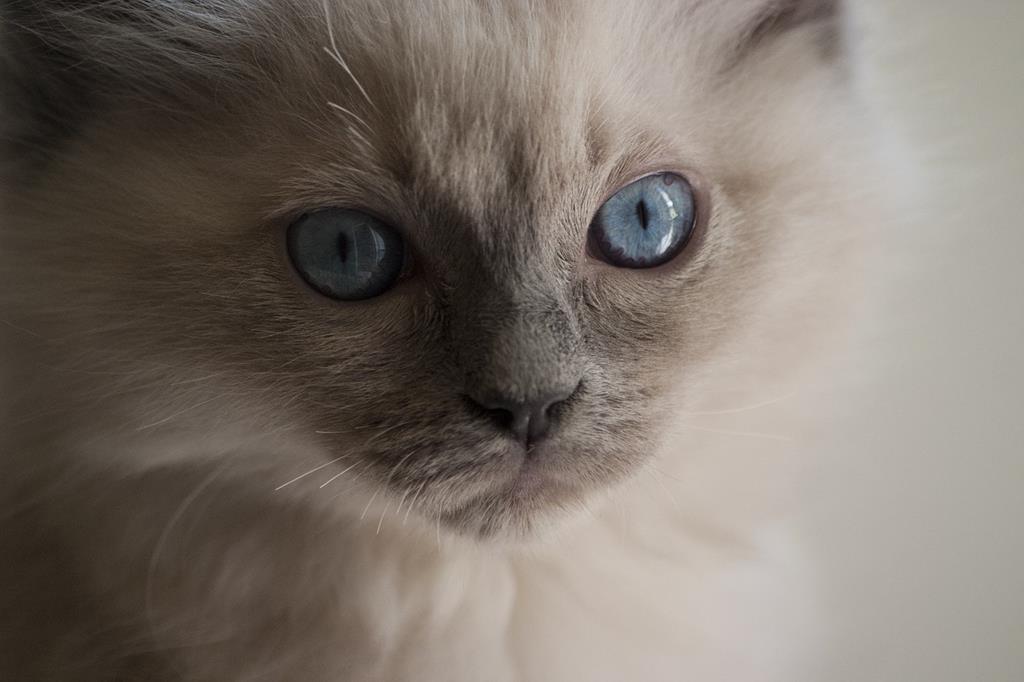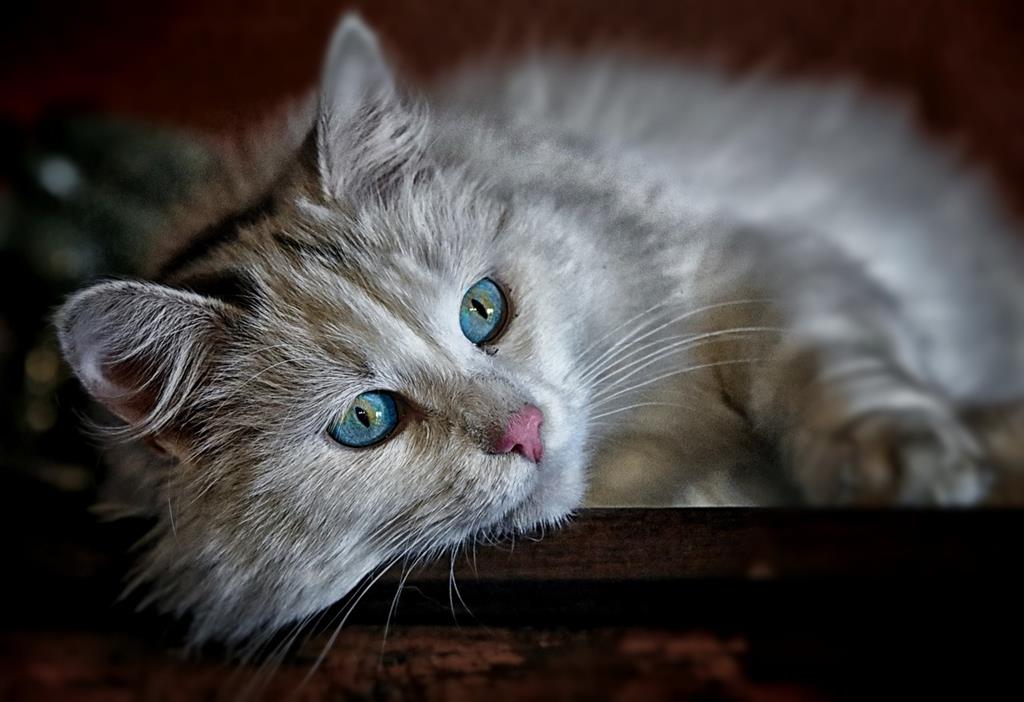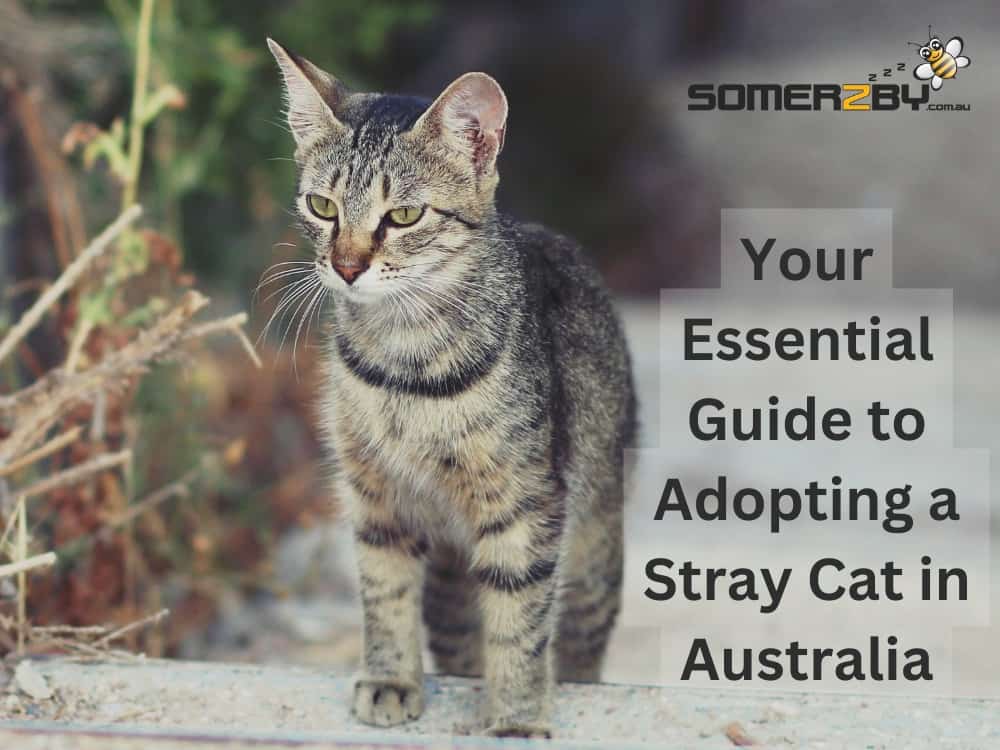Feral cats typically go into heat every two to three weeks during the breeding season. This period usually lasts from early spring to late fall.
Feral cats, which are essentially domestic cats living in the wild, exhibit reproductive behaviors similar to their house-dwelling counterparts. Their heat cycles can be quite frequent, involving vocalizations and restlessness as they seek mates. Understanding the reproductive habits of feral cats is crucial for managing their populations and mitigating their impact on local wildlife and ecosystems.
Effective control measures often include trap-neuter-return (TNR) programs, which help to humanely reduce the number of feral cats over time. By recognizing the signs of a feral cat in heat and addressing the situation responsibly, communities can foster a balanced coexistence with these independent felines.

Credit: bondvet.com
The Mysteries Of Feral Cat Reproduction
Understanding feral cat reproduction unlocks insights into their survival. Despite little human intervention, these cats continue thriving in diverse environments. Their reproductive habits are particularly intriguing, shedding light on their adaptability and resilience.
Life In The Wild: Unique Challenges For Feral Cats
Feral cats navigate a life unaided by human comforts. They face predators, harsh climates, and scarce food sources. These factors influence their reproductive strategies, ensuring the continuation of their lineage against the odds.
- Resource scarcity mandates strategic breeding.
- Predator evasion affects offspring survival.
- Climate variations prompt adaptive mating behavior.
Breeding Patterns Of Unowned Felines
Cats in the wild follow instinctual breeding patterns. Unlike household pets, feral cats mate based on survival rather than human-controlled schedules. Their cycles can be unpredictable, yet essential for maintaining population levels.
| Season | Mating Activity | Kitten Survival Rate |
|---|---|---|
| Spring | High | Increased |
| Summer | Moderate | Stable |
| Autumn | Low | Reduced |
| Winter | Minimal | Dropped |
Females may enter heat several times during mating seasons. This ensures multiple opportunities to conceive, crucial for population growth.
- Heat cycles span around a week, recurring frequently.
- Offspring weaning prompts new heat cycles.
Feral cats’ mating habits mirror their hardy existence. Their reproductive patterns are a testament to nature’s enduring cycle of life.
Estrous Cycles In Felines
Cats, both domestic and feral, experience a series of reproductive stages known as the estrous cycle. This cycle is crucial for their ability to reproduce and affects their behavior significantly. Understanding how often feral cats go into heat is important for managing their populations and well-being.
Physiology Behind Heat Cycles
The estrus, or heat, is the stage when a female cat can become pregnant. The cycle begins with the proestrus phase, but it is during the estrus phase that noticeable behavioral changes occur, signaling that the cat is ready to mate. The duration of heat varies, and several factors can influence it.
- Light exposure: increases in daylight trigger the cycle.
- Age: younger cats may have more frequent cycles.
- Breed: some breeds cycle differently.
Hormones like estrogen rise and fall during these cycles, prompting the physical and behavioral changes seen in cats.
Comparing Domestic And Feral Cat Heat Frequencies
Feral and domestic cats have similar estrous cycles, but their lifestyles lead to different experiences.
| Aspect | Domestic Cats | Feral Cats |
|---|---|---|
| Frequency | May cycle regularly with a stable environment | Face more variables, leading to irregular cycles |
| Seasonality | Indoor light can trigger year-round cycles | Often experience season-specific cycles |
| Reproductive Activity | Spaying reduces or eliminates heat cycles | Less likely to be spayed, undergo repeated cycles |
Feral cats are subjected to the elements, which can affect the regularity and occurrence of their heat cycles. Unlike house cats, feral felines respond more to the natural daylight cycles.
Seasonal Breeders: Timing Is Everything
In the unpredictable world of feral cats, understanding their breeding habits is crucial. Feral cats, unlike their domestic counterparts, follow natural breeding rhythms strongly influenced by the environment. They don’t breed all year round; they are seasonal breeders. Knowing when feral cats go into heat helps in managing their populations and health.
Climate Influence On Feral Cat Reproduction
Climate plays a vital role in the reproductive cycle of feral cats. Warmer temperatures can signal the start of the breeding season. In milder climates, feral cats might breed throughout the year. By contrast, in places with distinct seasons, feral cats usually breed in the warmer months.
- Warmer climates: Year-round breeding potential
- Colder climates: Limited to spring and summer
The Role Of Daylight In Heat Cycles
Daylight, more than warmth, dictates a feral cat’s heat cycle. As days lengthen in spring, the increased daylight triggers hormonal changes in female cats. This leads them into their heat cycles. Shorter days in autumn signal the end of the breeding season.
| Season | Daylight | Heat Cycles |
|---|---|---|
| Spring | Longer | Begins |
| Autumn | Shorter | Ends |

Credit: www.mdpi.com
The Impact Of Spaying And Neutering
Understanding how often feral cats go into heat is crucial. With each cycle, they can give birth to a litter, rapidly increasing their numbers. Spaying (for females) and neutering (for males) can prevent unwanted litters, helping manage feral cat populations effectively. Not only does it control their numbers, but it also holds significant benefits for the cats’ health and wellbeing.
Managing Feral Populations Through Surgery
Feral cats are known to survive in tough environments. They breed prolifically, with females able to enter heat several times a year. This breeding capacity can lead to overpopulation. Implementing widespread spaying and neutering programs helps curb this issue. These surgical procedures remove their ability to reproduce. As a result, the growth of feral cat populations slows over time. Local communities often see a drop in nuisance complaints, such as noise from mating calls and marking of territories.
Long-term Benefits Of Spaying Feral Cats
Spaying feral cats extends beyond managing their numbers. It includes several long-term health benefits. Spayed females face lower risks of developing mammary cancer and uterine infections. The surgery also eliminates the stress and physical toll of pregnancy and childbirth. In turn, these health improvements can translate to a better quality of life and potentially longer lifespans for these feral felines.
- Reduced Aggression: Neutered cats typically show less aggressive behavior.
- Decreased Roaming: Fixed cats are less likely to roam, minimizing risks of accidents and fights.
- Better Health: Altered cats generally enjoy better health and wellbeing.
- Community Engagement: Spay/neuter events can foster community involvement and education.
Managing Feral Colonies
The challenge of managing feral cat colonies is significant but essential. Frequent heat cycles in feral cats can lead to rapid population growth. Understanding behaviors and implementing humane control measures can make a real difference.
Understanding Feral Cat Behaviors
Feral cats experience heat cycles akin to domestic cats, yet their behaviors are shaped by survival instincts. Typically, these cycles occur every few weeks in warmer seasons, leading to multiple litters. Observing these behaviors is crucial for effective management.
Effective Strategies For Humanely Controlling Numbers
TNR (Trap-Neuter-Return) is a humane, effective strategy. It involves:
- Trapping: Capture cats using safe, humane traps.
- Neutering: A vet performs spaying or neutering.
- Returning: Cats go back to their habitat, unable to breed.
This method reduces the breeding cycle impact and controls the colony size without harming the cats. Collaboration with local animal welfare groups can facilitate the process. Consistency and community involvement are key to success.
Research And Future Directions
Exploring the mystery of feral cat behavior, scientists dive deep into the unknown. Feral cats go into heat frequently, stirring a complex web of ecological impacts. Research and future directions focus on understanding these patterns. They forge new paths in feral cat management.
Studies On Feral Cat Reproductive Health
Experts have long studied feral cats, unraveling the intricacies of their reproductive cycles. Insights shed light on their survival strategies. Let’s glance at the recent findings:
- Heat cycles can occur every three weeks during breeding seasons.
- Peak mating periods align with warm weather, often spring and summer.
- Kittens mature quickly, joining the breeding population within months.
These cycles prompt questions for future study.
| Research Area | Question |
|---|---|
| Genetics | How do genetics influence heat cycles? |
| Population Dynamics | What patterns exist in urban versus rural feral cats? |
| Behavior | How does mating behavior affect health and survival? |
Innovative Approaches To Feral Cat Management
The way forward involves innovative solutions. Communities and scientists collaborate for better outcomes:
- Developing non-invasive monitoring technology to study feral cats.
- Enhancing TNR (Trap-Neuter-Return) programs to control populations.
- Engaging in public education campaigns about responsible care.
These efforts aim to balance ecology with humane treatment. Tomorrow’s strategies evolve from today’s research.

Credit: www.capradio.org
Frequently Asked Questions For How Often Do Feral Cats Go Into Heat
How Do You Know If A Feral Cat Is In Heat?
A feral cat in heat often displays loud vocalizations, increased affection, excessive grooming, and a raised hindquarters posture. They may also mark territory with urine.
How Often Do Feral Cats Mate?
Feral cats mate frequently, often during their breeding seasons, which can occur several times a year. Female cats can enter heat every 2-3 weeks during these periods.
How Often Can A Feral Cat Get Pregnant?
A feral cat can become pregnant multiple times a year, typically 2-3 litters annually. Each pregnancy usually lasts about 64-67 days.
How Often Do Cats Go Into Heat In A Year?
Cats typically go into heat several times a year, around every two to three weeks during breeding season.
Conclusion
Understanding feral cats’ heat cycles is crucial for managing their populations and wellbeing. Generally, these cats experience heat several times a year, with seasons influencing the frequency. Recognizing the signs is key for those involved in trap-neuter-return initiatives. Promoting awareness can help mitigate unchecked growth within feral cat communities.



